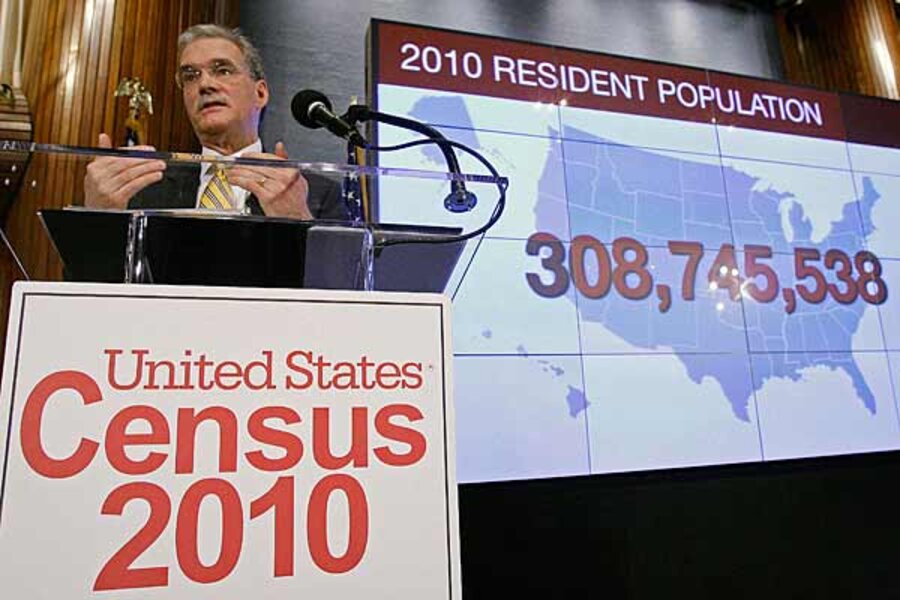The process is called "reapportionment." It works this way: Each state is assigned one seat. Then, an apportionment formula allocates the remaining 385 congressional seats, one at a time, among the 50 states (starting with the most populous) until all 435 seats are assigned.
The largest state – California, pop. 37,253,956 – gets 53 US representatives. The smallest – Wyoming, pop. 563,626 – has just a single representative. (But Wyoming shouldn't feel too left out because it gets just as many US senators as every other state.)





